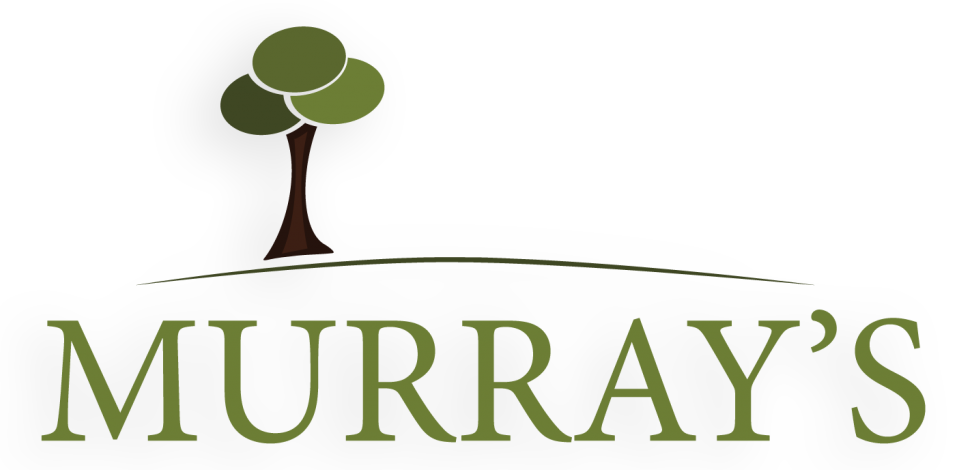We live in an area where the soil compacts very easily. This is why it is important to aerate annually to break up the pesky compaction and maintain a beautiful lawn. However, aeration alone won’t get the job done. There is another important part of the process: overseeding. Overseeding enables you to maintain a full lush lawn by filling in the gaps with new seedlings. As important as aeration is to your lawn, the overseeding process is equally important. Did you know that the average life of fescue plant is just 2 to 3 years… this includes your fescue lawn. Because of their short life span, fescue lawns need to be annually overseeded.
The rate of overseeding is very important to get the job done right. Should you overseed at a rate of 4 lbs. per 1,000 or 8 lbs. per 1,000 square feet? This is the most common question homeowners ask me. The answer to this question depends solely on your turf situation.
When to use 4 pounds per 1,000 square feet:
You should use a rate of 4 lbs. per 1,000 if your lawn is in an overall healthy state. Because of the short life span of fescue (remember 2-3 years) overseeding is essential even to healthy lawns. If your lawn has endured a tough, hot North Carolina summer in which your fesuce lawn has thinned out, you should also use this rate to thicken your lawn. Its important to remember that fescue is a cool season plant, and its growing seasons are spring and fall. Our summers stress out and shut down fescue which open it up to disease and also thins it out. Overseeding in the fall optimizes the growing seasons and replenishes healthy and slightly stressed lawns so that they can more easily endure the upcoming summer season.
When to use 8 pounds per 1,000 square feet:
A general rule of thumb I recommend is if your lawn has suffered more than 1/3 total lawn death (meaning more than one third of your grass is highly distressed or dead) then use a higher rate of overseeding at 8 lbs per 1,000 square feet. Another situation in which the higher rate would be appropriate is you want to add to turf to an area that was previously bare.
A word of caution: If your lawn is in an overall healthy state and fits the description for a standard rate of overseeding (4lbs per 1,000 sf), the higher rate can cause too much competition within your turf and is an overall waste of your money. So with overseeding more is not always better. It is important to correctly evaluate your lawn and choose the rate that fits your situation properly.
No matter what category your lawn falls into its hard to understate the importance of fall aeration and overseeding. The process is vital to maintaining a full and healthy lawn.

